
Tell your friends about this item:
Monticello: the History of Thomas Jefferson's Famous Estate
Charles River Editors
Monticello: the History of Thomas Jefferson's Famous Estate
Charles River Editors
Publisher Marketing: *Includes pictures *Includes Jefferson's writings about Monticello and its construction *Includes online resources and a bibliography for further reading *Includes a table of contents "[A]nd our own dear Monticello, where has Nature spread so rich a mantle under the eye? mountains, forests, rocks, rivers. with what majesty do we there ride above the storms! how sublime to look down into the workhouse of nature, to see her clouds, hail, snow, rain, thunder, all fabricated at our feet! and the glorious Sun, when rising as if out of a distant water, just gilding the tops of the mountains, & giving life to all nature!" - Thomas Jefferson, letter to Maria Cosway, 1786 Nobody spent more time in the thick of the Revolutionary era than Thomas Jefferson, one of the most famous and revered Americans. Jefferson was instrumental in all of the debates before the Revolution, authoring the Declaration of Independence, laying out the ideological groundwork of the notion of states' rights, leading one of the first political parties, and overseeing the expansion of the United States during his presidency. But for all of his accomplishments, Jefferson's reputation and legacy are still inextricably intertwined with the divisive issues of his own day. As the slaveholder who wrote that all men are created equal, and his relationship with one of his slaves, Sally Hemings, Jefferson's life and career are still sometimes fiercely debated today. Few Presidents are remembered for their homes, but Jefferson's Monticello is the greatest exception to that rule, and to this day it remains one of the nation's most instantly recognizable landmarks. When Jefferson's father died in 1757, his father's estate was split between Thomas and his brother, Randolph. Jefferson's share equated to about 5,000 acres of land and between 20-40 slaves. Because his father died when Thomas was only 14, he was not able to legally take hold of this estate until he was 21. Once Jefferson took formal control of the land, he began constructing his personal estate. Having received the schooling befitting of a gentleman during the late Enlightenment, Jefferson had a broad liberal arts education. This gave him some knowledge of architecture. Jefferson himself thus designed Monticello in a neoclassical mold. He avidly studied the Italian architect Andrea Palladio, and Jefferson's style can therefore be broadly characterized as Palladian. The construction of Monticello began in 1768, but it remained an ongoing project for many years. He formally moved into Monticello in 1770, and his wife Martha joined him there in 1772 after they were married. The time Jefferson subsequently spent in Europe also affected Monticello. He marveled at the architectural arts of the continent and studied them closely, which only strengthened his love for classical architecture and gave him ideas on how to expand his own estate. Ironically, although he had been wealthy all his life (or perhaps even because of it), Jefferson was a notorious spender who never learned how to operate a budget. During the twilight of his life, debt was a recurring issue, in large part due to expenses incurred by his work on Monticello and the University were enormous, and they ultimately depleted his considerable wealth. Monticello: The History of Thomas Jefferson's Famous Estate tells the story of the residence most associated with the third president, and the controversial nature of the man and his property. Along with pictures of important people, places, and events, you will learn about Monticello like never before, in no time at all.
| Media | Books Paperback Book (Book with soft cover and glued back) |
| Released | March 15, 2015 |
| ISBN13 | 9781508859192 |
| Publishers | Createspace |
| Genre | Chronological Period > 18th Century |
| Pages | 46 |
| Dimensions | 152 × 229 × 3 mm · 77 g |
More by Charles River Editors
Others have also bought
See all of Charles River Editors ( e.g. Paperback Book and Book )


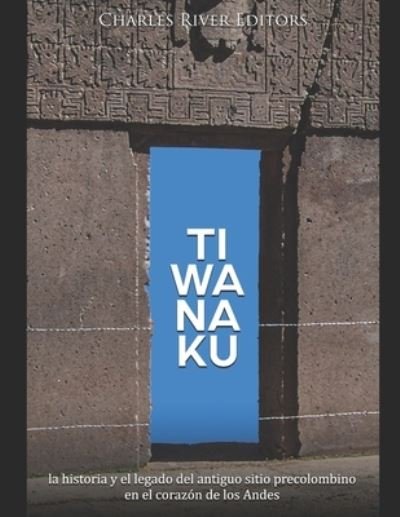

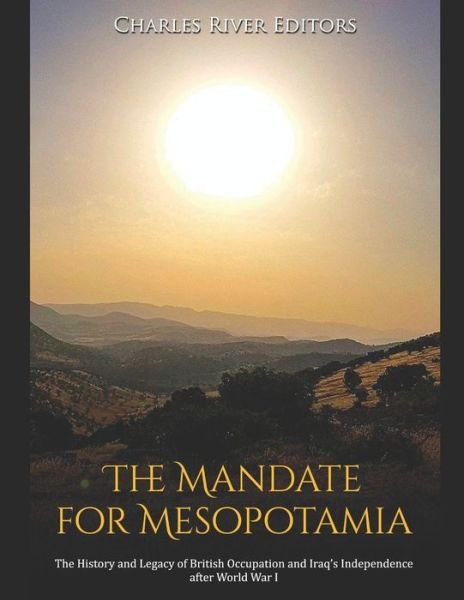
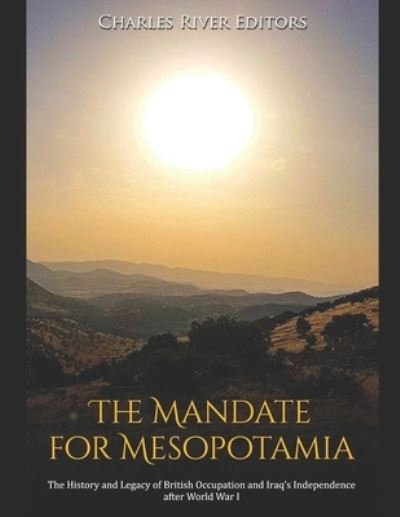


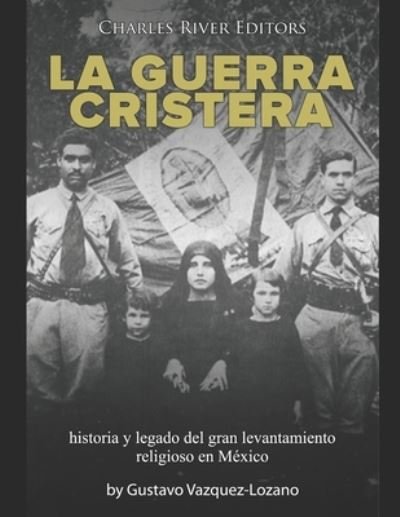

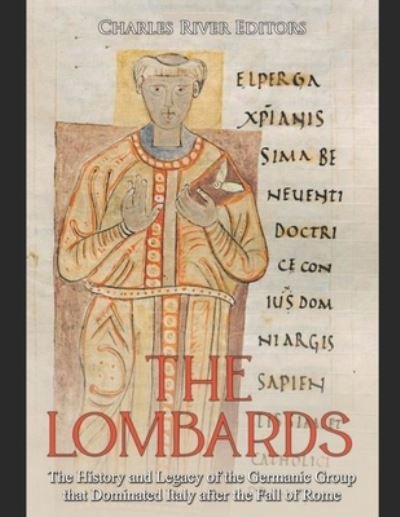

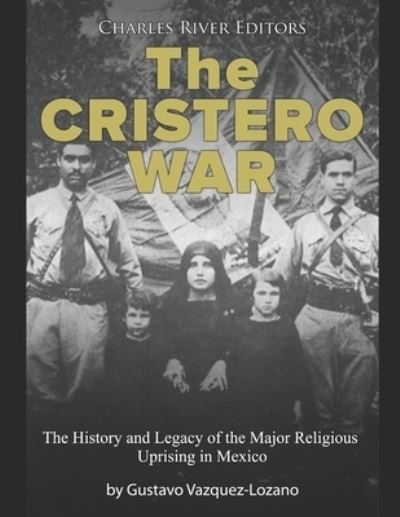
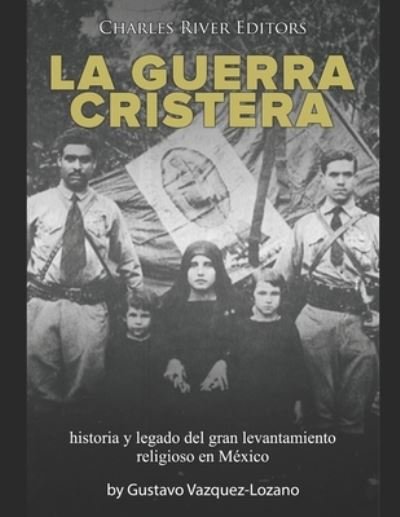
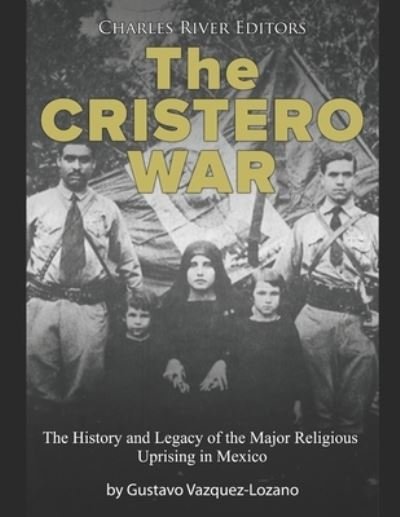



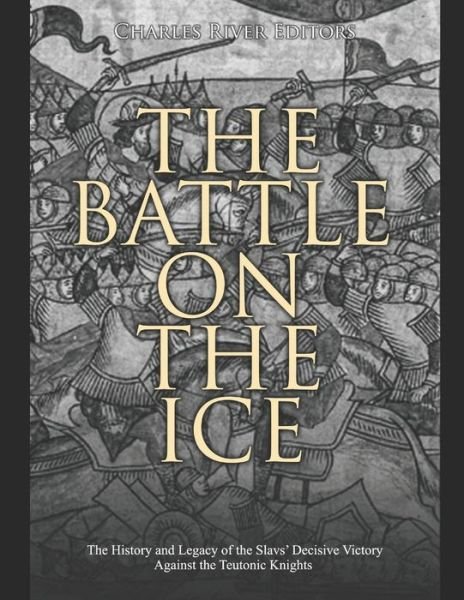
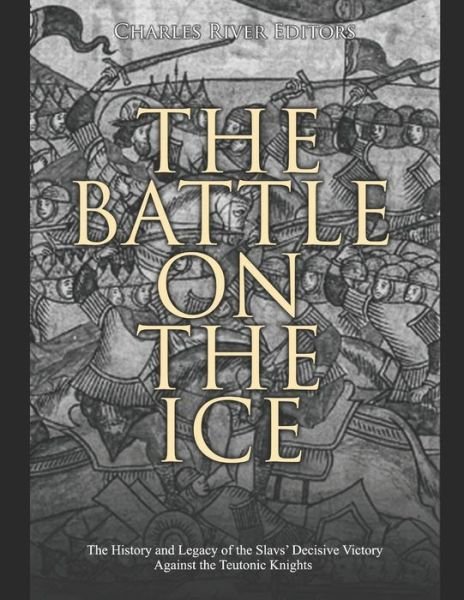
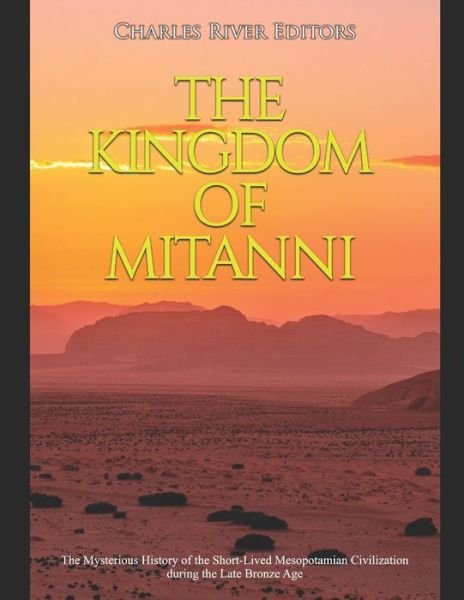
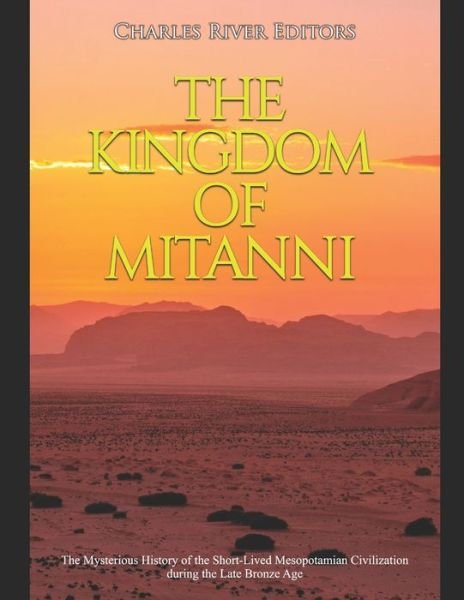
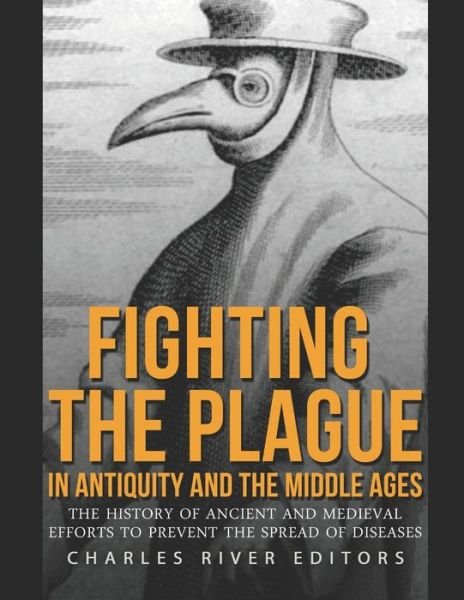
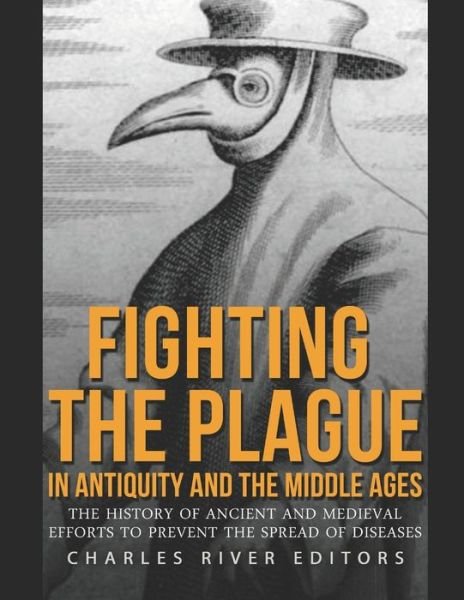

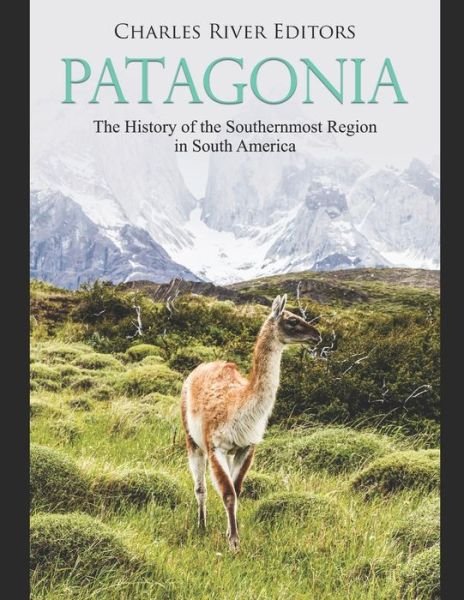
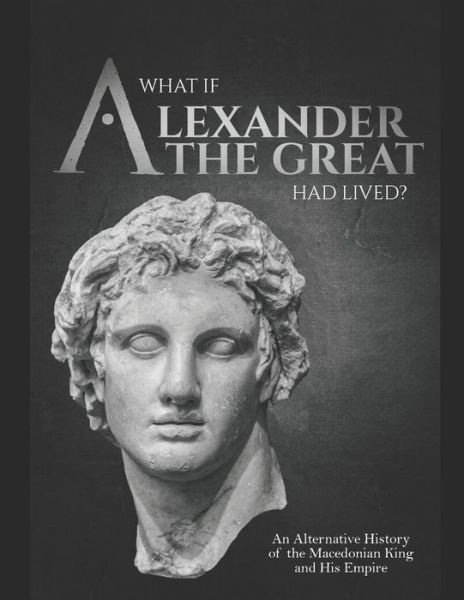

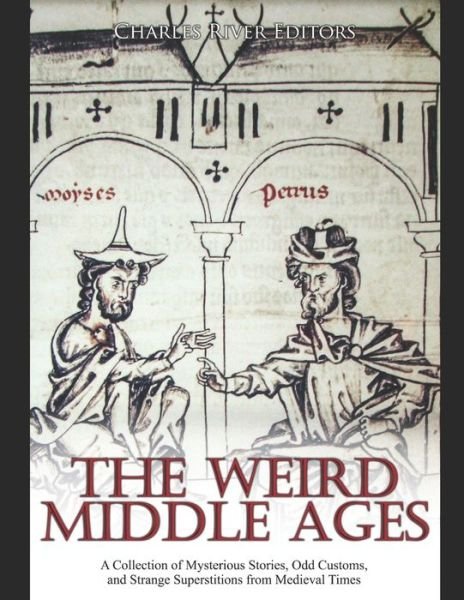
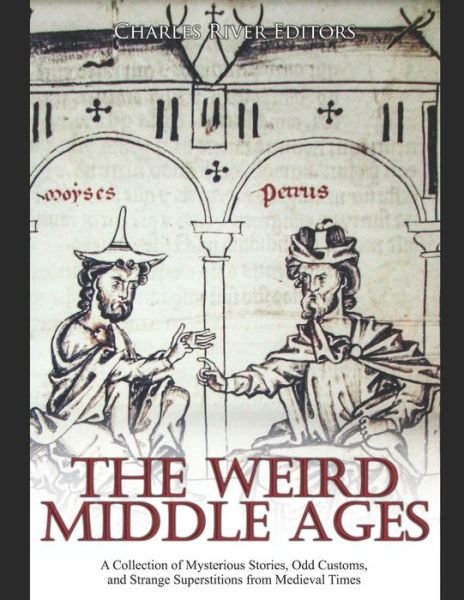
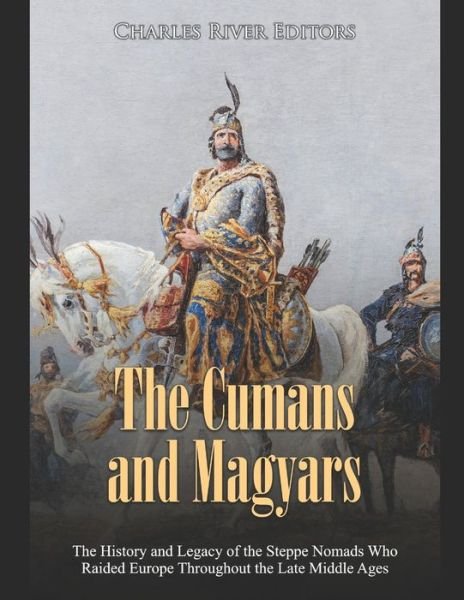
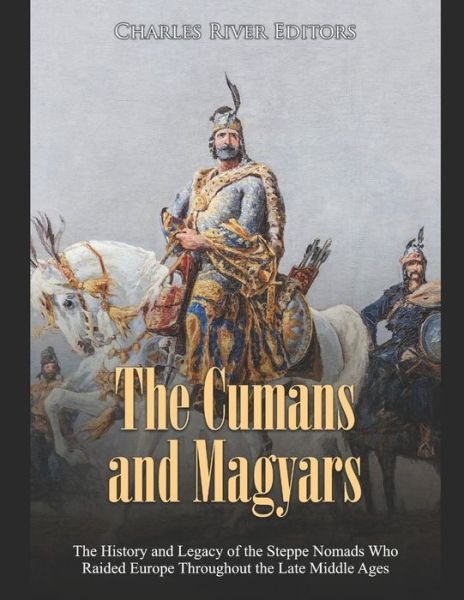
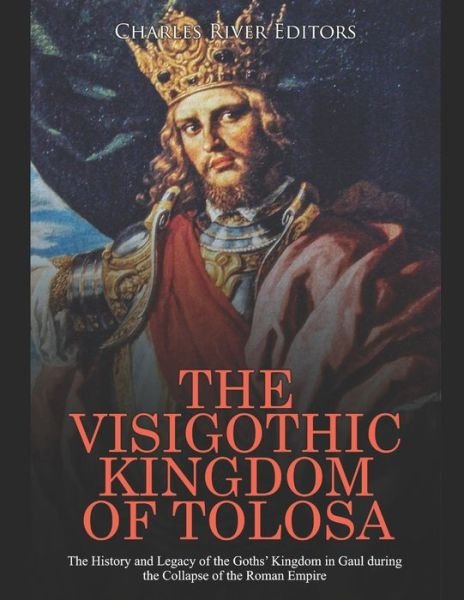
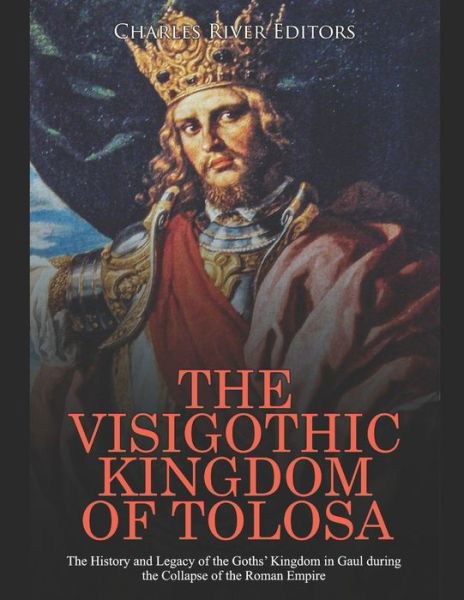

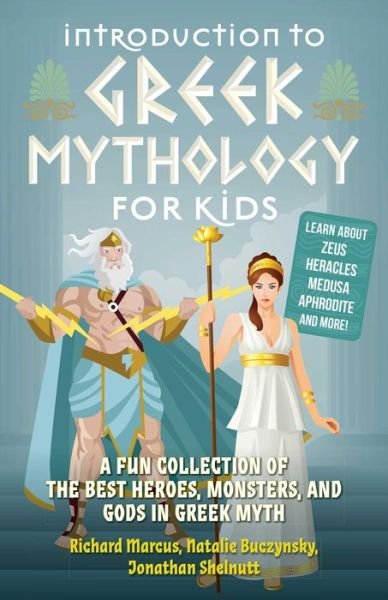
![Cover for Charles Dickens · Den hjemsøgte mand og åndens tilbud (Nyillustreret) (Bound Book) [1st edition] (2022)](https://imusic.b-cdn.net/images/item/original/123/9788772048123.jpg?charles-dickens-2022-den-hjemsoegte-mand-og-aandens-tilbud-nyillustreret-bound-book&class=scaled&v=1654049104)
![Cover for Tine Wøbbe · Kort & godt: Kort & godt om PSYKOPATI (Sewn Spine Book) [1st edition] (2024)](https://imusic.b-cdn.net/images/item/original/916/9788771586916.jpg?tine-woebbe-2024-kort-godt-kort-godt-om-psykopati-sewn-spine-book&class=scaled&v=1713200056)
![Cover for Linda Lehun · Musikbogen (Paperback Book) [1st edition] (2016)](https://imusic.b-cdn.net/images/item/original/063/9788759891063.jpg?linda-lehun-2016-musikbogen-paperback-book&class=scaled&v=1486719785)
![Cover for Dian Hanson · The New Erotic Photography - Bibliotheca Universalis (Hardcover Book) [Multilingual edition] (2017)](https://imusic.b-cdn.net/images/item/original/715/9783836526715.jpg?dian-hanson-2017-the-new-erotic-photography-bibliotheca-universalis-hardcover-book&class=scaled&v=1490369714)





![Cover for Jesper Wung-Sung · To ryk og en aflevering (Sewn Spine Book) [3rd edition] (2009)](https://imusic.b-cdn.net/images/item/original/996/9788763811996.jpg?jesper-wung-sung-2009-to-ryk-og-en-aflevering-sewn-spine-book&class=scaled&v=1341784896)

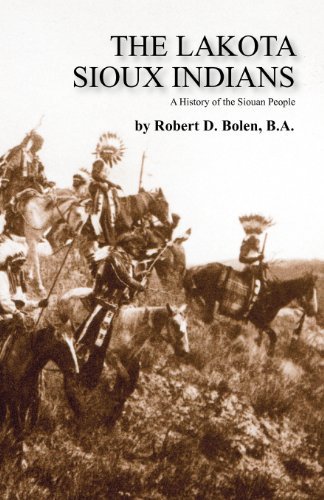

![Cover for Jon Speelman · Modern Defence (Paperback Book) [1st edition] (2000)](https://imusic.b-cdn.net/images/item/original/816/9781857442816.jpg?jon-speelman-2000-modern-defence-paperback-book&class=scaled&v=1409611116)
